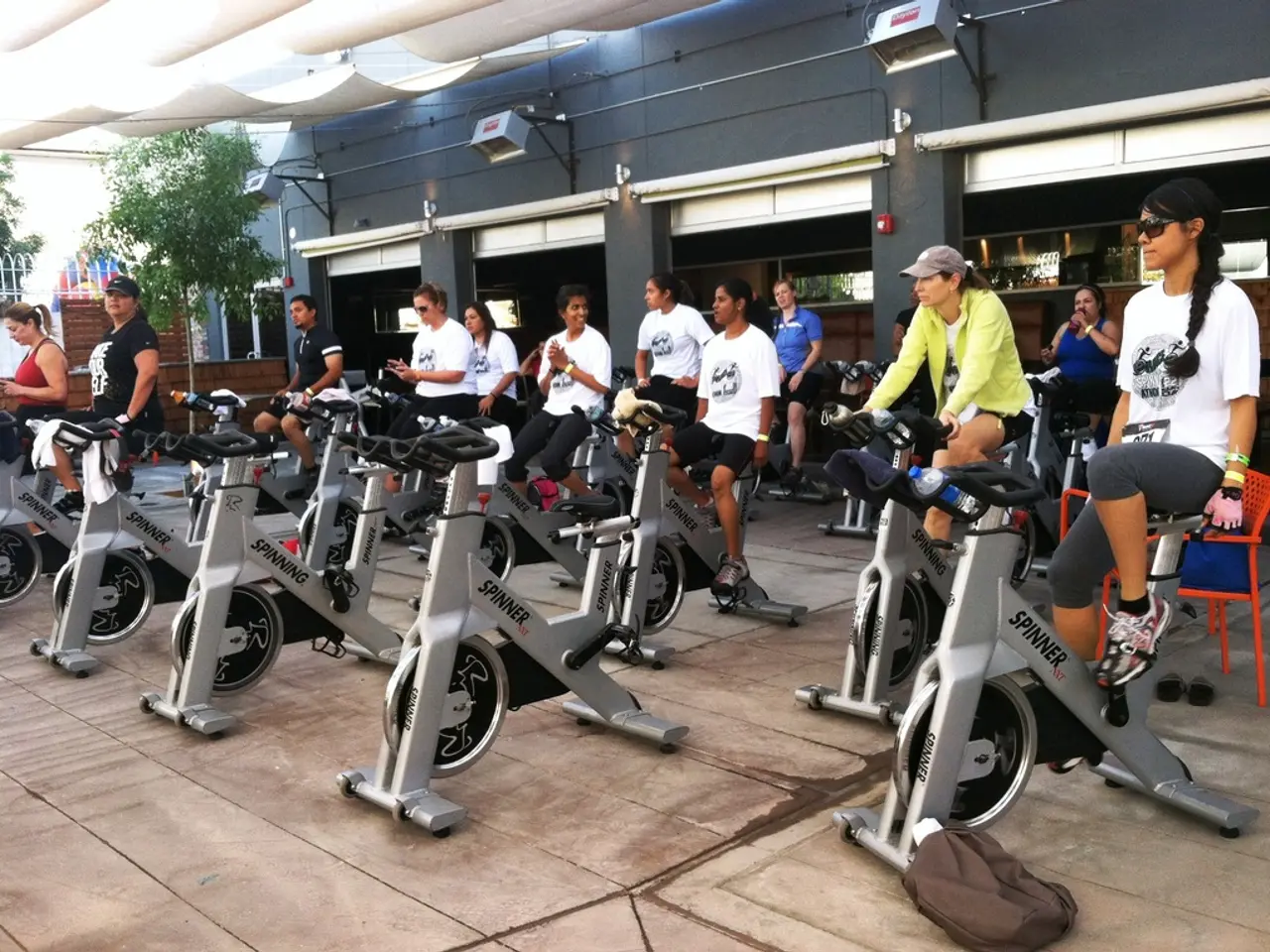Stagnant Lifestyle, Lasting Regret: The Risks of Sedentary Living
Living an active lifestyle is crucial for maintaining good health, and making exercise a part of your daily routine is key. Just as you brush your teeth every day, aim to incorporate physical activity into your daily schedule.
Breaking free from a sedentary lifestyle can be a journey, but there are numerous ways to get started. Setting a timer to stand up and stretch every hour, taking brisk walks, doing yoga or stretches, finding an active hobby, limiting screen time, using a fitness tracker, staying social, and considering nutrition and hydration as part of an overall healthy lifestyle are all effective strategies.
Lack of movement can lead to a host of health issues, including chronic diseases such as diabetes and certain types of cancer. Sitting for long periods slows down metabolism, leading to weight gain and potential obesity. It's important to aim for at least 30 minutes of moderate exercise daily, such as walking or cycling, and incorporate small bursts of activity throughout the day.
Eating a balanced diet that includes whole grains, fresh fruits, and vegetables, drinking plenty of water, and avoiding junk food and sugary drinks is essential for overall health. Aiming for a balanced diet can help manage weight, reduce the risk of chronic diseases, and improve energy levels.
Regret for a sedentary lifestyle often comes too late, so it's important to take the first step towards a more active lifestyle today. Having a workout buddy or joining a group can also help maintain motivation for a more active lifestyle. Standing desks can help reduce sedentary habits by encouraging movement and reducing sitting time, but it's important to alternate between sitting and standing.
Physical movement improves blood flow to the brain, sharpening memory and focus. A sedentary lifestyle can lead to feelings of isolation, and physical movement can help combat this. Inactivity leads to weak muscles and brittle bones, potentially causing conditions like osteoporosis and back pain.
The least popular activities among elderly people with a sedentary lifestyle to improve health appear to be organized group workshops such as nutritional workshops, memory training, and discussion circles for caregivers, compared to more common moderate physical activities like walking, cycling, or swimming, which are recommended for heart and overall health. It's important to remember that any movement is better than no movement, and finding activities that you enjoy will help you stay motivated to move more.
A sedentary lifestyle increases the risk of heart disease, including high blood pressure, cholesterol issues, and heart attacks. Lack of physical activity can also lead to poor posture and spinal problems, such as a hunched back and persistent neck and shoulder pain. Desk-friendly exercises include chair squats, seated leg lifts, and desk push-ups, as well as stretching your arms and neck while sitting.
In conclusion, breaking free from a sedentary lifestyle is essential for maintaining good health and reducing the risk of chronic diseases. Making exercise a part of your daily routine, finding activities that you enjoy, and eating a balanced diet can help you live a healthier, more active life. It's never too late to change sedentary habits, even if you are older; begin with gentle activities like walking or stretching and build up gradually.
Read also:
- Method for Eradicating Algae and Diatoms in a Reef Aquarium - Copepods as a Solution
- Researchers delve into unexplored territories of cardiovascular wellness with the Apple Watch
- Enhancing Vaginal Health through Probiotics: Top Strains for Maintaining pH Levels
- Uncovered in a Danish cellar, a 130-year-old butter additive harbors bacteria dating back to the 1890s.




